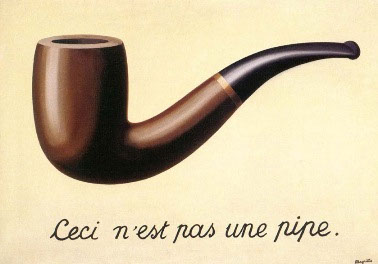Building the vocabulary of the project, I amassed a substantial number of concepts that created the support structure for my inquiries into the modes of film analysis, human cognition, knowledge production, liguistics, poetics and filmmaking. Probably, I wouldn't have been able to reach my current position without the reflection on the notions of essay, visual thinking, inscription, gestures, ekphrasis, translation, time-image, crystal-image, third (obtuse) meaning, icon, index, situatedness of knowledge, chronotope, becoming, constellation and many more. Nevertheless, none of them provided me with an adequate frame for my project and research as a whole. Not being able to see a better alternative, I started toying with an idea of 'the lab', which is currently being so abused that it barely means anything anymore.

As long as I could have lived with some undesirable associations, I wasn't keen on compromising on accuracy and so many things didn't seem to fit. What I set off to create was no more a co-working space equipped with tools than René Magritte's pipe was actually a pipe. Yes, it was supossed to be equipped with tools but at the same time it was a tool (or a simulator) on its own, it intended to get you as close to its inhabitants as possible, but it is fairly obvious that it's just an inscription - explorable trace of the time and place that had already been.
The most obvious solutions are often the hardest to see, and mine was staring me in the face from the very beginning. However, I even managed to overlook it when I found the template for my procedure that was called the MAP.
It lied with one of the most important patrons of my undertaking - Aby Warburg - the forefather of modern iconology, whose precursory Mnemosyne-Atlas was an attempt of creating purely visual art-historical study. Abandoning language, he began juxtaposing reproductions of paintings, photographs and other visual materials with no regards to chronology or established order of styles. Using montage as his primary tool he was able to utilize the aesthetical and affective qualities of the objects in his critical inquiry, evoking unexpected associations, sensations and conclusions. In this graphic, metaphoric encyclopedia, with its constellations of symbolic images, he tried to animate viewer's memory and imagination to embrace the pathosformel of antiquity. With pathosformel being an indissoluble intertwining of an emotional charge and an iconographic formula in which it is impossible to distinguish between form and content his methods couldn't be more inspiring for my study of viusal cognition.
But it was his choice of the word 'Atlas' for his magnum opus that finally provided me with a last piece of the puzzle. The result of that puzzle can be found on the next page in the form of the graphic (novel) manual for the FilmArcades.






